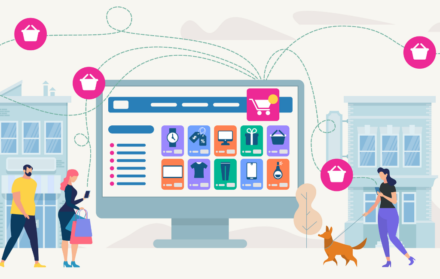5 Issues That Are Holding Back Effective Retail Attribution

Despite the undoubted benefits of having effective retail attribution in place – for example Forrester estimates that having personal-level unified marketing measurement in place can improve budget efficiency by a game-changing 30% – it appears to be an elusive concept for many retail marketers.
In fact, research by BrightPearl points to the fact that only 56% of retail marketing specialists have access to the type of data they need to be effective. And access effective marketing attribution in retail is clearly a challenge.
So, what is holding things back?
We think there are 5 key issues for retail marketers:
- Inability to integrate offline and wider customer journey data
- Channel-based data silos
- Over-reliance on outdated and ineffective attribution models
- The poor quality of data attribution inputs
- Dashboards that provide “so what” analysis
Inability to integrate offline and wider customer journey data
Rapid advances in technology have enabled retail marketers to reach out to consumers in a way that is unprecedented – using a glittering array of media choices and options that are consumed digitally, out of home and instore.
But the sheer speed of the technology transition has left many of the same marketers scrambling to keep pace. Particularly from a measurement and attribution perspective.
Their challenge is being able to draw a line from the start of the retail customer buying journey – which is increasingly beginning on a mobile device – and following the consumer as they flit backwards and forwards on and offline, right through to purchase. And then analysing that entire journey and identifying the tipping point – the touchpoint that made the real difference to conversion. Which is why connecting online and offline data is crucial to effective retail attribution.
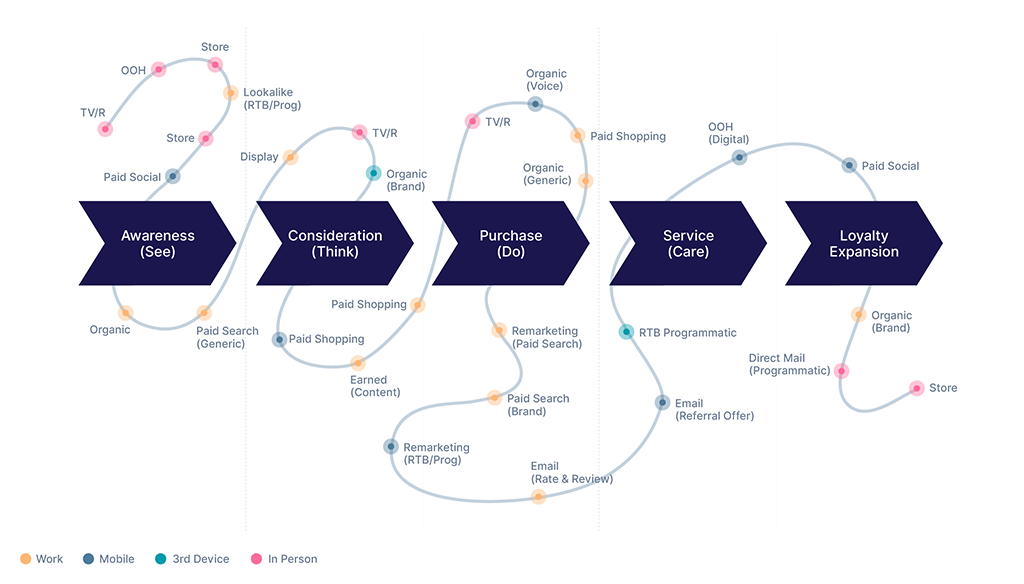
However, because that can be challenging, there can be a tendency to default to collecting and analysing data that is easy to lay your hands on. For example, simplistically bringing together online data on PPC and display and connecting this to sales reports will give you attribution data. But it won’t be accurate if you are also concurrently running media activity offline on out-of-home media and platforms like TV and radio.
Which all have an impact on the customer journey too – and the way you need to attribute it.
For example, Accenture found out that their multi-platform TV ads had a halo effect on search and display activity that meant that they were reporting 18% of campaign ROI incorrectly.
That is why comprehensive, omni-channel attribution – that includes the impact of offline media – matters to retail marketers. Now more than ever.
Channel-based data silos
Closely tied to the issue above is the restrictions that data silos can place on marketing attribution in retail.
Very often retail marketing teams are organised along channel lines. In fact research by Experian suggests that less than 30% of marketers work within fully integrated teams and typically a combination of this – and agency based relationships – mean that attribution is carried out on a “per channel” basis.

This means that channels like search, programmatic, social, outdoor and display are effectively marking their own homework and using a variety of different measures perform retail attribution analysis. And sometimes using a very channel specific “lens” that, unfortunately, leads to over-reporting on media effectiveness and over-valuing contribution to revenue and ROI.
Add in the complexity and challenge of successfully integrating data from social platforms – like Facebook and Amazon – that take a “walled garden” approach to data availability for analysis outside of their own analytics and you begin to understand some of the challenges in unifying your analysis around a single data source.
Over-reliance on outdated and ineffective attribution models
Another key issue for retail marketers is continuing reliance on outdated and simplistic attribution models that haven’t kept pace with changes in technology and complex buyer journeys.
Approaches like First-click and Last-click attribution evolved at a time when customer journeys were simpler. Particularly for online retailers. For example, where customers looking for a laptop went on to their desktop, were targeted with an ad for the laptop and then clicked to purchase it. But that approach doesn’t reflect the current omni-channel, multiple media, multi-device world retailers now operate in.
Now the same type of customer might start their initial research through a web search on their mobile, conducts a store visit to assess the laptop, views a TV ad for the product, does a little more research on their tablet including seeing an ad for a discount on the product before a certain date and finally clicks a re-targeting ad to purchase it. Is providing 100% of the value for conversion to either the initial web search or the final re-targeting ad really the right way to attribute in this case?
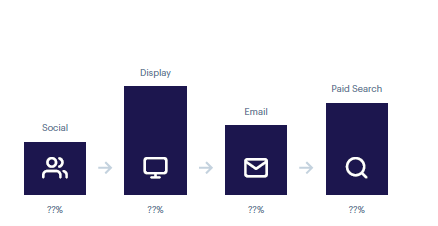
By using either First-Click or Last-click attribution retail marketers are creating a bias to either a single top of funnel or bottom of funnel touchpoint. Which is vastly suboptimal and oversimplified – and results in mis-directed spend as more spend and resources are applied on the back of the flawed attribution. Even slightly more sophisticated models like Linear, U-shaped and Time decay models have their limitations.
What really matters is gaining a clear understanding of the impact of touchpoints right across the customer journey using a multi-touch – and ideally visit level – attribution approach that enables you to drill down to individual user journey mapping.
QueryClick announce a new approach to attribution: Visit Level Attribution. Find out more.
The poor quality of data attribution inputs
And even if you do get your choice of your attribution model right, its effectiveness is only going to be as good as the data you feed into it.
Put very simply. If you feed poor quality data into your attribution process then you better prepare to get poor quality analysis out of it at the other end. A significant number of retailers depend heavily on reporting data from channel partners like Google, Facebook and now Amazon and our experience with clients tells us that there are often very really issues with data quality here.
Take Google for instance.
Their approach to collecting the vast majority of digital marketing is based on a pixel-plus- cookie based approach. This session-based approach is based on tracking a device accessing a specific website or other web property. Not around identifying an individual – who just happens to be on a complex, multi-device journey. And as a result, it does a poor job of attribution – in fact, it generates data that is around 80% incorrectly attributed.
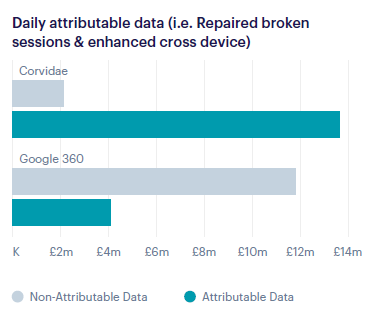
In the above example – for a leading UK food and clothing retailer – Our unique attribution platform, Corvidae, rebuilt their existing Google 360 data which adjusted the level of attributable spend from £4.1 million to £13.6 million in the process.
Dashboards that provide “so what” analysis
A quick final note of caution on the quality of the outputs from your attribution process. The dashboards or reporting that your attribution efforts provide you with.
Be careful of shiny retail marketing attribution dashboards that look great but don’t actually really tell you much in the end. Least of all where your marketing efforts need to go next. Effectively “so what” type analysis.
For many retail marketers dashboards like this, that provide purely historical and partial data views, limit their scope to improve revenue performance and ROI. So, look for attribution solutions that provide more proactive data and that turn consumer intelligence into actionable insight. That include optimization recommendations on spend and ROI – at a channel, creative, visit and individual level.
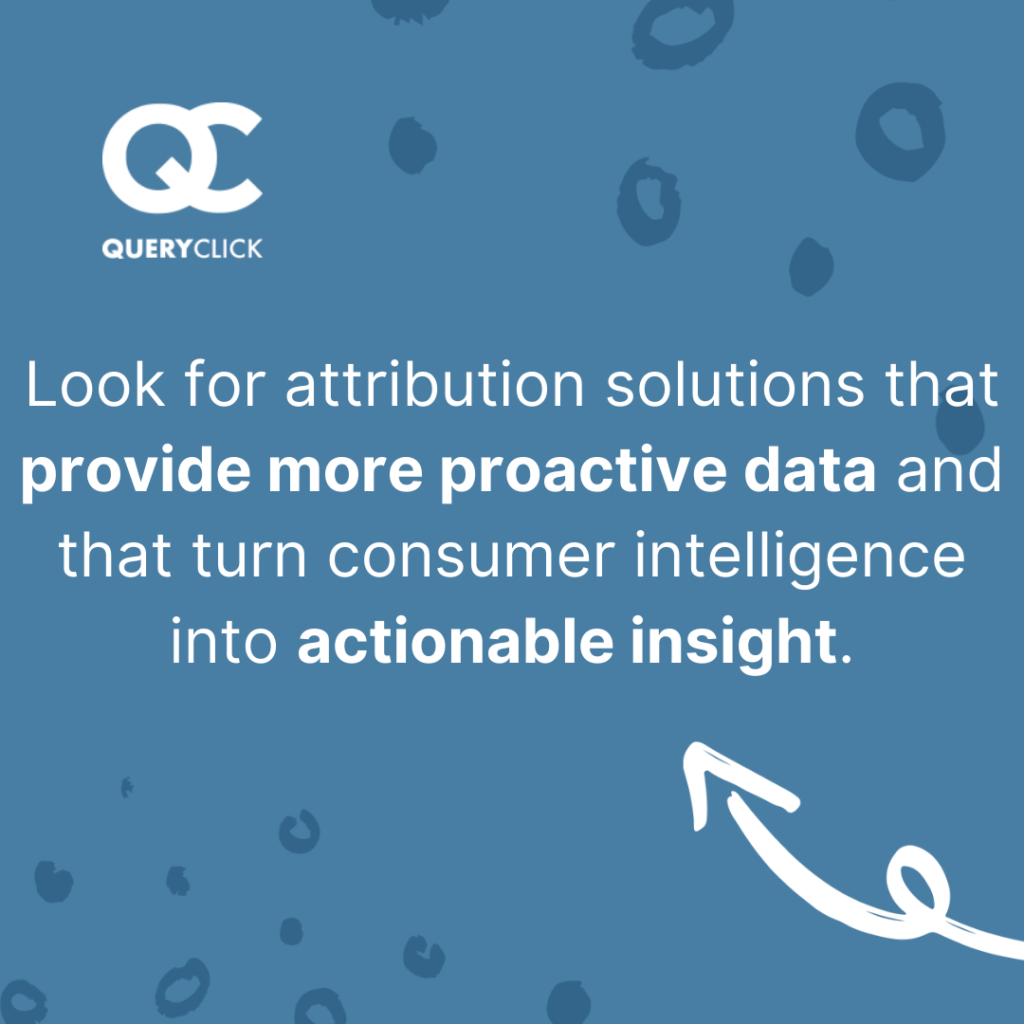
And the good news for retail marketers is that there are attribution solutions that are using bleeding edge data science including AI and Machine Learning techniques to address all of the issues we have outlined above.
From successfully integrating offline data, to rebuilding that data to provide effective attribution across the customer journey – right down the level of individual customer visits – and using that as the basis for spend and budget re-allocation based on an individual’s probability to convert.
The Complete Guide to Marketing Attribution
Own your marketing data & simplify your tech stack.
Have you read?
Chrome’s announcement on dropping cookie opt-in last month closed the door on a 5 year saga for marketers. But what is the landscape like in 2025 for cookie-based measurement?
Generative AI is transforming the way that marketers plan and assemble content for their Paid Ads. As big platforms like Google, Meta and TikTok increasingly build the tools needed to...
In a surprising move that has sparked heated debate, Mark Zuckerberg announced on his Instagram that Meta will be reducing its levels of censorship and in particular fact-checking on its...
